Locavore 101: How to Shop, Cook and Eat Locally
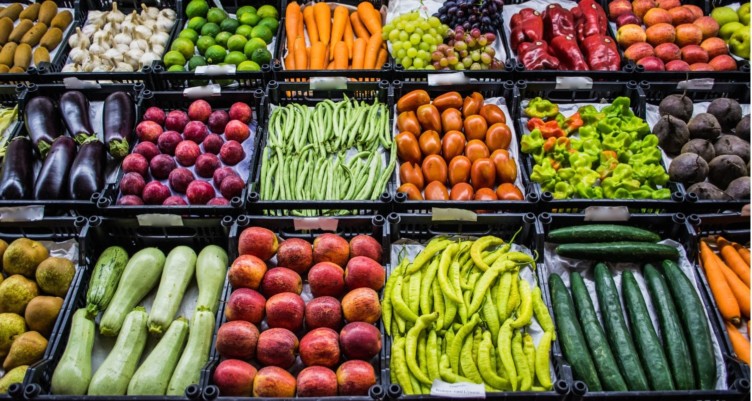
- The locavore movement focuses on consuming foods that are grown or produced locally, rather than relying on products that come from far away and may contain unwanted pesticides or other chemicals and preservatives.
- Beyond buying local, you can join the locavore movement by practicing pickling, following local businesses on social media, or even finding creative ways to repurpose food scraps.
- A variety of Bulletproof products can complement your locavore cooking in a number of tasty (and nutritious) ways.
If you want to change your way of eating and show more love to your local community, then going locavore might just be the perfect choice for you! Not only will you save money by shopping at farmers’ markets rather than big-name grocery stores, but you also will take better care of your body by consuming locally grown, organic produce and animal products (if that’s part of your diet, of course!), instead of fruits and veggies that come from far away sprayed with pesticides, and protein sources that aren’t of the grass-fed variety.
And once you embrace the concept of community-supported agriculture, don’t be shy about using Bulletproof products to support your locavore journey, so you can continue unleashing your limitless potential!
What is sustainable eating, exactly?
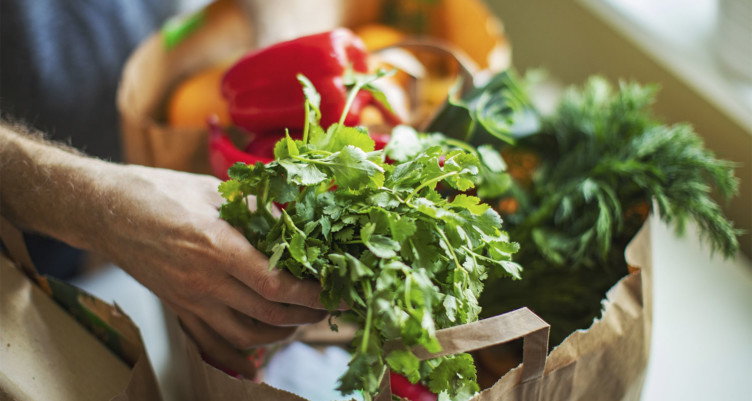
Thanks to Jessica Prentice introducing the concept of “locavore” back in 2005, sustainable eating has become increasingly popular in recent years. In fact, “locavore” even got selected as the word of the year by the New Oxford American Dictionary in 2007.
So exactly what is sustainable eating?
The locavore movement centers around eating sustainable foods that are grown or produced locally, often within a 100-mile radius or so. People who follow this approach to eating not only show support for local food systems but also give their bodies a nutritious boost, since food products that must be transported long distances may contain preservatives and pesticides.
Locavorism extends beyond a single community, though. For example, organizations like The Slow Food Foundation for Biodiversity remain strong proponents of local food producers and family farms all over the world.
The organization maintains an active presence in more than 100 countries. Through various projects and initiatives, Slow Food continues to champion sustainable eating—a concept that can be implemented with any diet.
How to become a locavore
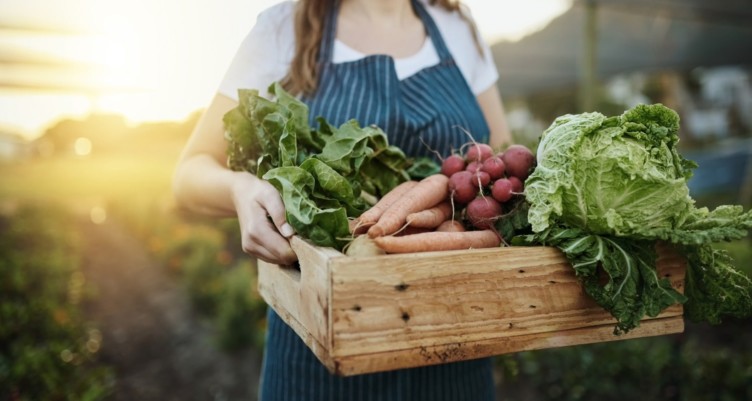
From supporting the local economy to lowering your food costs to reducing your carbon footprint, you can put your community, your body and your bank account in a better place by going locavore.
Here are some useful tips to get started on your new (and local) journey:
- Buy what’s in-season: Shopping for produce that is in season supports biodiverse food systems and keeps the natural order of foods in demand, which is great for your local farm circuit.
- Visit local farmers and ranchers: Take the time to find out exactly what’s going on with the food production process in your own community. Your support will allow growers and ranchers to keep doing what they do best, and in turn, ensure you receive the freshest produce and proteins available.
- Research Community Supported Agriculture: Also known as CSA, you can find farmers looking to offer “shares” (or memberships) to locals. Shares typically include weekly seasonal produce bundles, which will not only give you regular access to what’s fresh, but will also allow you to learn about and cook with produce that may be new to you.
- Show some love for the misfits: When food shopping as a locavore, you can also save on organic and local food costs by requesting misfit items from local farms. These are fruits and veggies that may not make it to the grocery store for aesthetic reasons, but will still deliver in both taste and nutrients!
- Grow your own food: Don’t settle for packaged salad mixes from the store. Get your hands dirty by setting up a manageable garden, so you can incorporate homegrown vegetables and fresh herbs into your favorite recipes. How’s that for eating local?
- Forage: If you’re an adventure lover who’s ready to go locavore, foraging can be a fun way to get involved in the local food movement. Just make sure you do your homework. Safety first!
Related: How to Grow a Keto Container Garden at Home
How Bulletproof can support locavore cooking
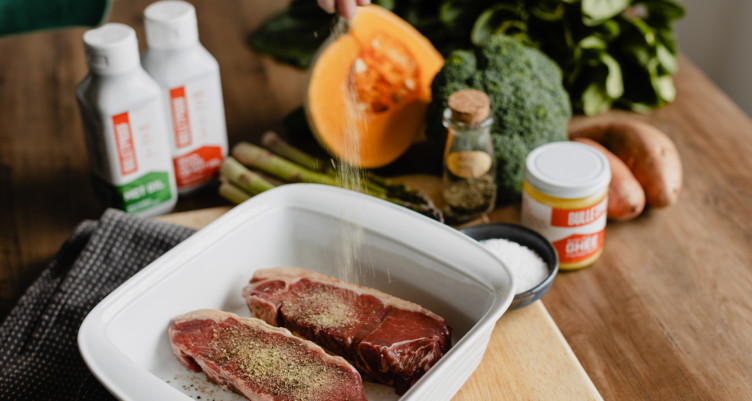
While we wholeheartedly encourage you to shop with local food vendors, there are plenty of complementary products that may not be sourced locally that can still benefit your locavore experience. For instance, Bulletproof products may not be sourced from ingredients that grow in your neighborhood, but we do work with ethical suppliers and farmers to obtain the cleanest ingredients to enhance your fresh and local cooking.
After you’ve unpacked your seasonal bounty, stock your pantry with Bulletproof products, such as:
- Bulletproof Coffee Beans: Whether you like the full-bodied flavor of The Mentalist or the cocoa-hazelnut finish of The Original, we’ve got you covered with Rainforest Alliance Certified coffee! Level up your morning Bulletproof Coffee game with grass-fed butter from a local dairy, followed by an energizing boost from Bulletproof Brain Octane C8 MCT Oil.
- Bulletproof Energy Collagen Protein: Nothing tastes better than a smoothie made with fresh, local fruit and veggies. Elevate your smoothie with this beneficial protein powder, which provides all nine essential amino acids, MCT oil and collagen protein to power through your day.
- Bulletproof Grass-Fed Ghee: Up your quality fats when searing a local grass-fed steak by slathering it in rich and buttery grass-fed ghee from New Zealand. (And while you’re at it, crisp up some Brussels sprouts, too.)
- Bulletproof C8 and C10 MCT Oil: Make your gorgeous spring salad—filled with local produce—even more nutritious with an MCT oil-based dressing for sustained energy and increased brain power.†
- Bulletproof Collagen Protein: Not only does collagen protein dissolve easily in both hot and cold beverages, but it also adds benefits to dishes like soups and stews. If you’ve got the slow cooker filled with seasonal veggies, and maybe a locally raised protein, add a few scoops of Unflavored Bulletproof Collagen Protein to supply the building blocks for healthy bones, joints, muscles, nails and hair.† You can also opt for Bulletproof Collagelatin as a nutrient-rich thickener to bring everything together.
Bulletproof-friendly locavore recipes
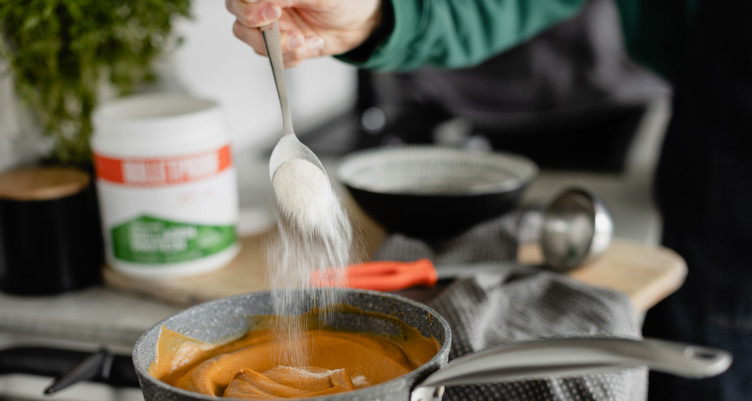
Whether you’re an herbivore or a carnivore, you can go locavore!
These recipes incorporate fresh, locally-sourced ingredients and Bulletproof products to create tasty dishes that also deliver in terms of nutritional value.
1. Bulletproof Breakfast Salad
Take pastured bacon and eggs to a new level with this tasty breakfast salad that also incorporates plenty of fresh produce. Get more out of your meal by tossing the sweet potato chunks in a quality fat (along with whatever spices you’d like) before roasting them in the oven.
2. Bulletproof Veggie Buddha Bowl
Full of color and flavor, this veggie-packed recipe provides your body with polyphenols, as well as quality fats and protein from pasture-raised eggs and a drizzle of Brain Octane C8 MCT Oil.
3. Sweet Potato Salmon Avocado Toast
This Sunday brunch classic will taste even better if you can find locally-sourced salmon—wild-caught is your next-best option. Once you bite into this dish, you’ll never settle for traditional “avocado toast” again.
4. Keto Green Lemon Smoothie
Light and refreshing, and with plenty of opportunities to infuse local greens, citrus and cucumber, this refreshing keto-friendly also infuses supportive collagen protein.
Other ways to join the locavore movement
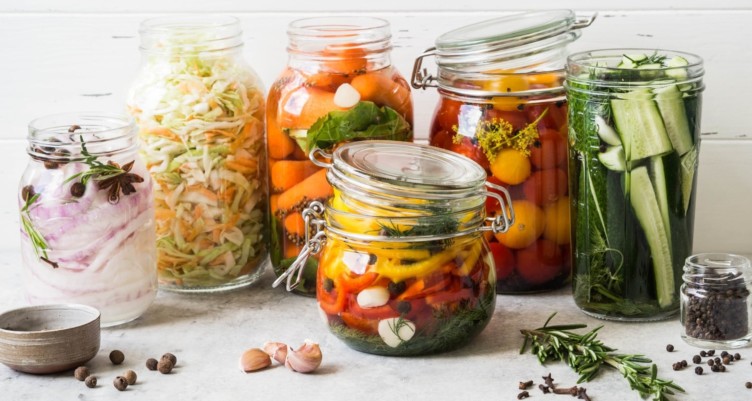
Going locavore doesn’t just involve eating locally-grown foods. Here are some other ways to join the locavore movement that go beyond the kitchen!
Eliminate food waste
Unfortunately, many people throw away food on a weekly (or even daily) basis that could still be utilized. Whether it’s coming up with a new recipe or learning how to create your own compost, it’s important to repurpose food scraps and eliminate as much food waste as possible.
And, food waste isn’t just about your cooking scraps. If you find yourself looking to make a dietary change, clean out your pantry and donate unopened and unexpired food items to those in need.
Practice pickling, fermenting, canning and other food preservation methods
You never really know what the commercial jarring process entails. Instead, why not pickle your own vegetables right at home? There are plenty of creative ways to preserve seasonal produce for the long haul that leave chemicals and other questionable ingredients out of the equation.
Related: Quick Pickled Vegetables
Get social
Take advantage of technology to influence everyday change in your community by following local food suppliers, joining social media groups that support the locavore movement in your area, or even creating a blog or YouTube channel to document your own locavore journey!
The bottom line: From saving money to supporting family farms to putting better-quality foods in your body, going locavore brings many benefits. Additionally, Bulletproof products can round out your local cooking. By supporting the locavore movement, your mostly-100-mile diet can simultaneously transform your way of eating, while making your community a better place.
Food waste has a tastier name: leftovers! Check out 27 delicious ways to reinvent extra food, so you can make the most out of your meals.
Sign up for early access to sales, product launches, the latest Bulletproof news and more!



